Confederate monuments continue to permeate the discourse on Civil War memory, especially in its public sphere. While historians have provided a thorough historical context, meaning, and interpretations on Civil War monuments, editor Maria Seger’s work brings in literary scholars who have much to contribute to this discussion. Reading Confederate Monuments offers a fresh perspective. The essays collected here “instruct us in not only how to read literal Confederate monuments as texts and in the context of the assortment of texts that produced and celebrated them, but also how to read the literary texts advancing and contesting Confederate ideology in the US cultural imaginary” (6).
While immense national attention has been trained on Confederate monuments, literary and cultural monuments that promote Confederate ideology have received less notice. In ten essays, Reading Confederate Monuments aims to remedy this neglect. Organized into three sections, “Reading,” “Cultural Production,” and “Pedagogy,” essays written by different scholars offer tools to resist Confederate ideology in the United States but, most importantly, lessons in how to interpret and make meaning of Confederate texts and objects.
The methodology of these essays is embedded in literary and cultural studies and entails the “contextualization, close reading, and [a study of the] reception” of Confederate monuments (5). Most impressive is the diversity of topics that these essays touch upon. Spencer R. Herrera’s chapter, “South by Southwest: Confederate and Conquistador Memorials Crossing/Closing Borders” examines closely the Confederate monument in El Paso, Texas. Stacie McCormick’s chapter, “Performing Counter-Monumentality of the Civil War in Natasha Trethewey’s Native Guard and Suzan-Lori Parks’s Father Comes Home from the Wars: Parts 1, 2, and 3” explores works of Black counter-monumentality through the realm of theater, while Randi Lynn Tanglen’s chapter, “Teaching Confederate Monuments as American Literature,” engages pedagogical work on Confederate monuments.
Several essays in Reading Confederate Monuments stand out. Michael C. Weisenburg’s “Print Culture and the Enduring Legacy of Confederate War Monuments” examines the rhetoric of promotional material––how communities reacted to advertisements that extended the memorialization process and ultimately perpetuated white supremacy. The subject of erecting Confederate monuments was incredibly prevalent in local and regional print publications. Weisenburg’s chapter successfully shows how communities dedicated to building Confederate monuments used materials to gain support and enthusiasm for future monument constructions that preserved white supremacy within numerous communities.
Cassandra Jakson’s chapter, “Rewriting the Landscape: Black Communities and the Confederate Monuments,” focuses on how Black communities resisted, intervened, and altered Confederate monuments and ideologies in their towns. The task of resisting and revising meaning to Confederate monuments is difficult, especially when the object looms large and pervasive to any viewers’ landscape. Interrupting Confederate monuments is nevertheless crucial to resisting its meaning, and one way to do so is implementing a visually disruptive environment. A simple plaque or marker next to a large, pervasive object is merely not adequate, as Jakson tells it. When thinking about removing and relocating Confederate monuments today, Jakson’s chapter is very timely and useful.
Reading Confederate Monuments does not necessarily present a breakthrough in urging the audience to “read” Confederate monuments for context. At times, the essays feel out of place and disconnected from the larger theme of the book. Yet Seger’s edited work is valuable to anyone interested in Civil War memory. Public discussion on Confederate monuments is still prevalent, and we should consider the important role of literary and cultural monuments.
Maddie Setiawan is a Ph.D. student in the Department of History at Texas A&M University. Presently, her scholarship is focused on Civil War memory.
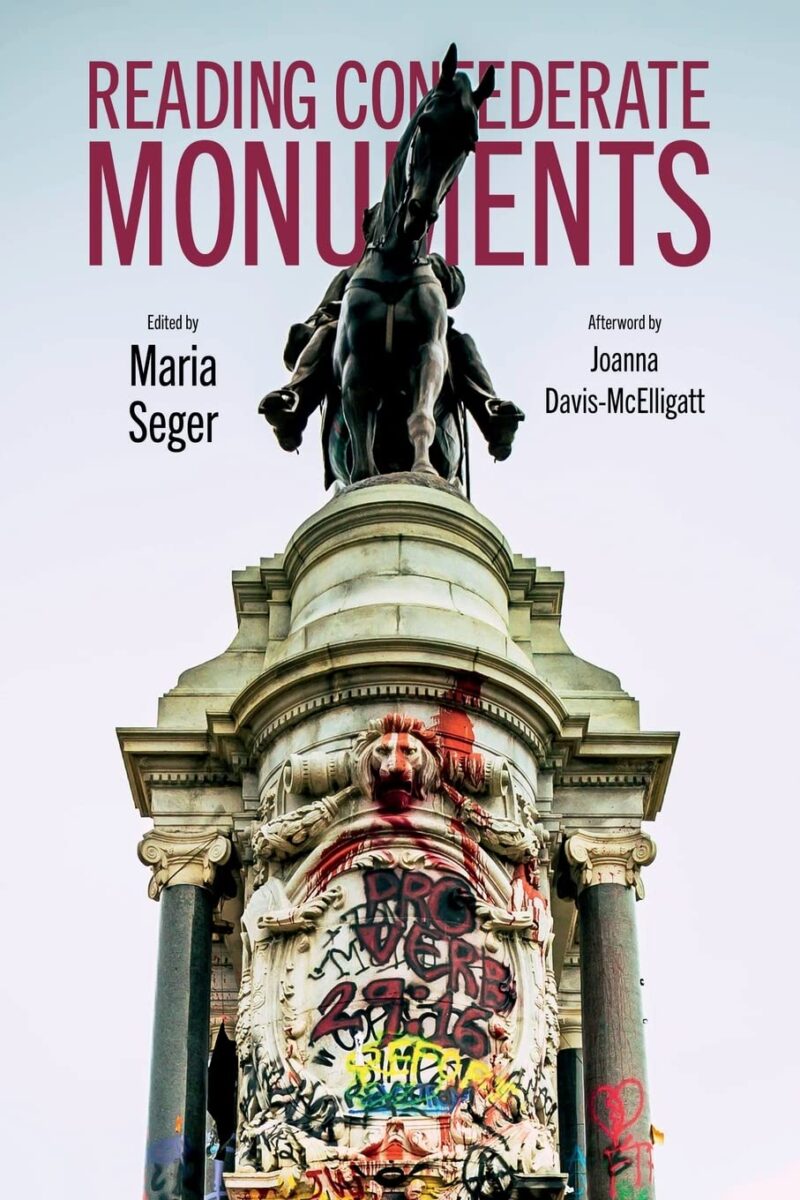

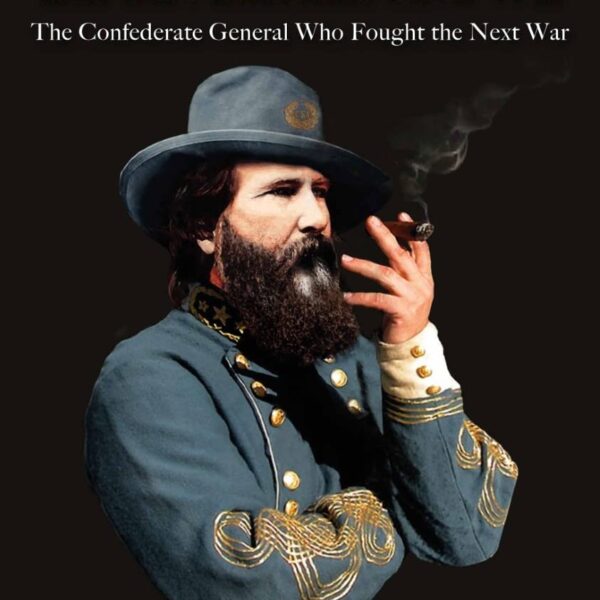
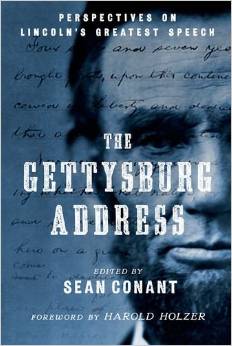
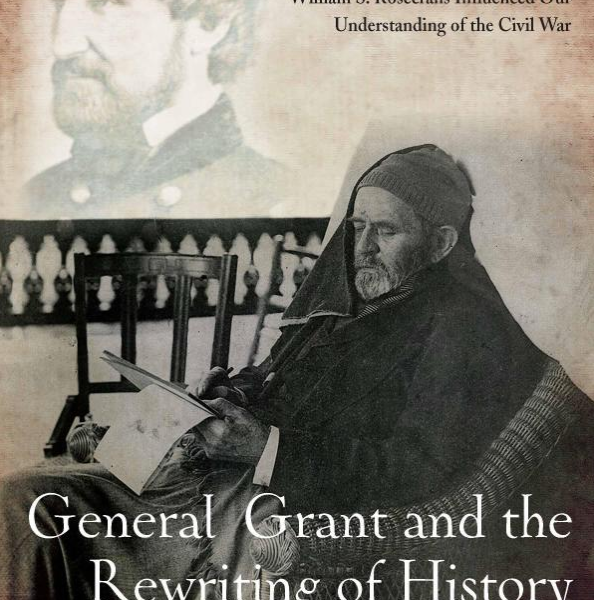
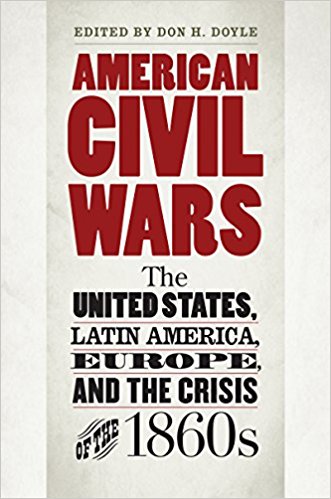
Fine review of a book on a subject that needs further discussion. Did any of the essays connect the memorial’s place with the opposition to Civil Rights legislation from the 1950s and 60s through the Southern Strategy and the rise of Trump? That’s a needed point of connection as well.